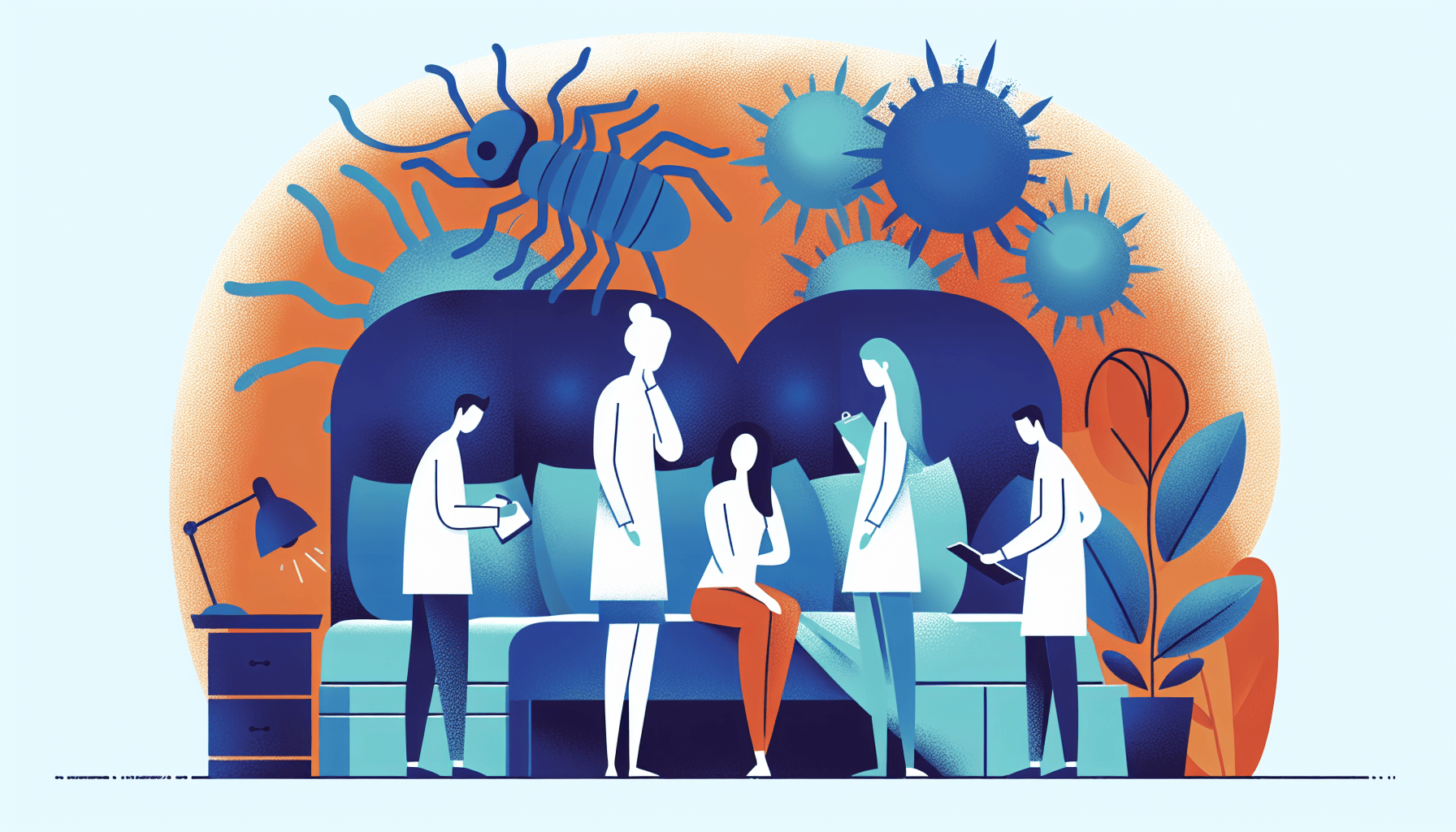Can I Take Zepbound a Day Early?
Key TakeawaysZepbound is a once-weekly injectable medication for weight management and obstructive sleep apnea (OSA) linked to obesity.Taking Zepbound a day early is [...]
Read MoreScabies is a contagious skin condition caused by tiny mites called Sarcoptes scabiei. These eight-legged critters burrow into the upper layer of your skin, where they lay eggs. The eggs then hatch, and the mites climb to the surface of your skin, spreading to other parts of your body and potentially to other people.
The most common symptoms of scabies include:
Intense itching, especially at night
A pimple-like rash
Tiny, raised, grayish-white or flesh-colored lines on the skin (burrows)
These symptoms can appear all over the body or be limited to specific areas, such as the wrists, elbows, genitals, buttocks, or the webbing between fingers. In children, itching and rash may also occur on the head, face, neck, palms, and soles of the feet.

Scabies is highly contagious and spreads through direct, prolonged, close physical contact with an infected person. It can also spread by sharing bedding or clothing with someone who has scabies. Scabies mites can live on the human body for 1 to 2 months and can survive in bedding or furniture for 2-3 days.
Scabies outbreaks often occur in places where people have close physical contact, such as:
Nursing homes
Extended care facilities
Prisons
Childcare centers
In healthy adults, scabies is most often spread through sexual contact with an infected person. It's important to note that you cannot get scabies from pets.
If you suspect you have scabies, consult a healthcare professional. They may be able to diagnose scabies by examining the rash or burrows on your skin. In some cases, they might try to remove a mite from its burrow by scraping your skin or using a thin needle to extract the parasite.
Scabies is treatable with prescription medications that kill the mites and their eggs. These medications, such as permethrin cream or ivermectin, are usually applied to the skin or taken orally. It's essential to follow your healthcare provider's instructions carefully and treat all household members and sexual partners simultaneously to prevent reinfestation.
In addition to medical treatment, it's crucial to wash all bedding, clothing, and towels used by the infected person in hot water and dry them on high heat to kill any remaining mites.
If you think you have scabies, don't hesitate to seek medical help. With proper diagnosis and treatment, you can eliminate the mites and find relief from the itching and discomfort. Remember, early intervention is key to preventing the spread of scabies to others.
For more information on scabies, visit the World Health Organization's fact sheet.
Key TakeawaysZepbound is a once-weekly injectable medication for weight management and obstructive sleep apnea (OSA) linked to obesity.Taking Zepbound a day early is [...]
Read MoreKey TakeawaysZepbound is an FDA-approved medication for chronic weight management in adults with obesity or overweight, and for moderate to severe obstructive sleep apnea [...]
Read MoreKey TakeawaysZepbound is a once-weekly injectable medication that supports weight loss by activating hormone pathways regulating appetite and digestion.After the first dose, [...]
Read More